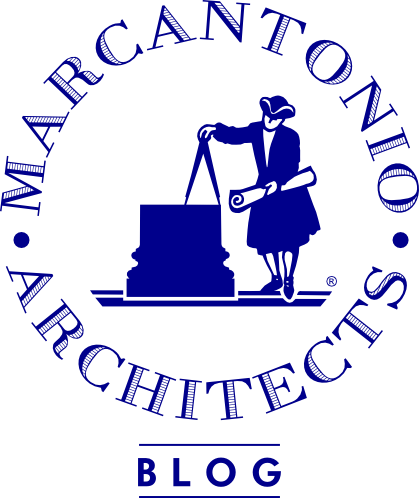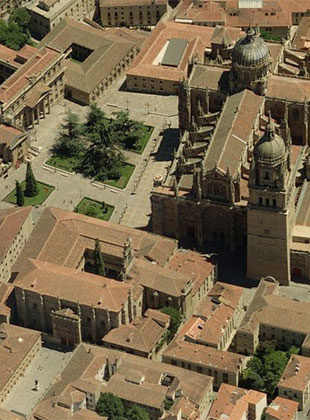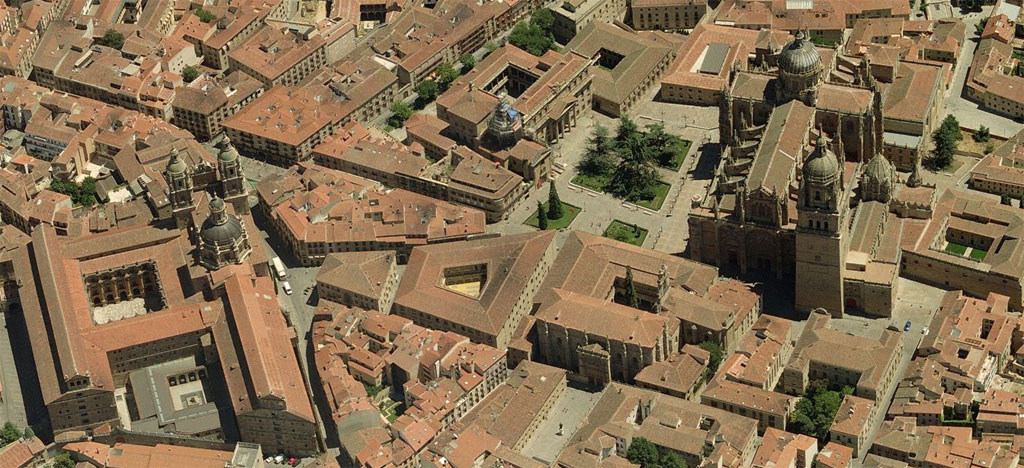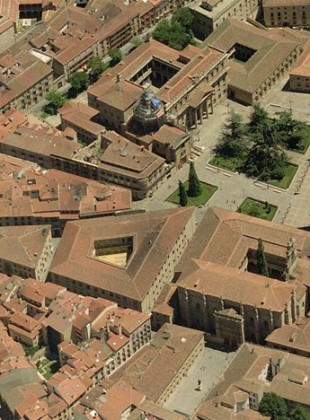A building which is classical…
1. Serves man, whose nature is not infinitely perfectible or subject to reinvention, but rather is stable and fundamentally social. Society is by nature hierarchical, from the institution of the family, to the village or tribal community, to confederations of villages (i.e., a commonwealth), to institutions with a claim to universal authority. These institutions grow not only out of the animal necessities of survival and propagation, but also to assist man to flourish. Man’s flourishing ultimately entails the search for the meaning of all things.
2. Employs a learned body of natural symbols which are universal. Among these are: (a) center denotes greater importance than edge; (b) more ornament denotes greater importance than less ornament; (c) monumental scale denotes greater importance than small scale; (d) more valuable materials denote great importance than less valuable materials; etc.
3. Employs a learned body of conventional symbols which are tied to particular traditions and legible to a particular people. For example: the scales are symbolic of justice; the number eight is symbolic of resurrection; the color white is symbolic of purity; etc., as well as building types, such as the church, the courthouse, etc.
4. Is a legible whole composed of parts, each of which is another whole (composed of parts).
5. Is a part of a greater whole, the city, which itself is a part of the commonwealth, etc.
6. Avoids the extremes of ostentation on the one hand and meanness on the other, and represents with clarity the place and purpose of the particular institution housed therein.
7. Seeks beauty, which is not in the eye of the beholder, but rather an objective value.
8. Seeks to improve and expand the inherited body of knowledge through experiment. That experimentation will tend to be more conservative the more public the building/institution where there is less margin for error.



